Learn how to separate fluff from facts by reading fertilizer labels and certifications correctly so that you can give your lawn the required nutrients for lush, vibrant growth.
Understanding Fertilizer Labels For Lawns Made Easy
Demystifying the N-P-K ratio meaning and overall fertilizer labeling is essential to understanding every lawn nutrient guide.
Most easy lawn care tips, including this guide, highlight lawn feeding as one of the primary ways to revive a dying lawn or keep a thriving one healthy. But if you don’t even understand the terms, how can you use them to your benefit?
After seeing fertilizer labels explained, you’d see that each set of numbers, letters, and terms means something and can be the hidden component that breathes life into your drab, brown patch of grass.
When you know what you’re looking for, you can confidently choose the best nutrients for your lawn and start owning lush, vibrant, and green grass.
Author’s Note: Checkout our post on The Best Fertilization Schedule for year-round tips on creating lush landscapes!
Why Fertilizer Labels Matter for Your Lawn’s Health

Why should you bother with a fertilizer information guide? Well, a properly fertilized lawn doesn’t appear by magic. You need to work, starting with providing lawn health essentials.
To do that to your best ability, let’s see some of the importance of fertilizer labels:
Lawn Resilience
When your lawn suffers from pests, disease, and drought conditions, an anti-pest lawn fertilizer will boost its immunity and strengthen it against attack.
Better Nutrient Absorption
Every blade of grass gets the proper nutrients, whether for building deeper roots, growing evenly, gaining more color, moisture retention, or density.
Long-Term Health
You wouldn’t want to harm your lawn with a harmful product, so you must understand what you’re putting into its soil.
It means you’ll make fewer mistakes, less wasted money, and most importantly, have a lawn you’ll be proud to own.
Decoding the Numbers: Understanding N-P-K Ratios

Let’s get into the nuts and bolts of grass nutrition basics, starting with what the N-P-K ratio represents. N-P-K is the scientific term for the nutrients Nitrogen, Phosphorus, and Potassium.
N-Nitrogen
Nitrogen is the superstar for green, leafy growth.
Author’s Note: Checkout our post on Nitrogen-Rich Fertilizers for essential tips on growing a vibrant lawn!
P-Phosphorus
Phosphorus builds strong and deeper roots with fresh, blooming flowers.
K-Potassium
Potassium helps with overall disease resistance.
Let’s discuss lawn nutrient ratios and how each one plays a distinct role in lawn conditions.
Breaking Down N-P-K Ratios
The N-P-K ratio tells you how much nutrient is in the fertilizer and the amount you should apply for effective results. Here’s how the ratio works:
Each number represents a nutrient based on its position, so if you see 30-10-20, the product is high in Nitrogen, followed by Potassium, and Phosphorus is the least content.
By understanding the ratio, you can appropriately choose a 30-10-10 fertiliser for lusher grass, 10-20-10 for drought recovery, and a 10-10-20 ratio for pest and disease resistance.
Following this logic, a 10-10-10 fertilizer provides well-rounded nutrition for your lawn.
Now that we have N-P-K fertilizer explained, let’s look into the secondary and micronutrients.
Beyond N-P-K: Secondary Nutrients and Micronutrients

Because N-P-K takes center stage when choosing fertilizers, most people forget or don’t even know they’re not the only essential lawn minerals.
That’s right. There are underappreciated secondary lawn nutrients like calcium, magnesium, sulfur, and a host of trace elements like iron and zinc that ensure the macronutrients work effectively.
Here’s what you’ll benefit from using these micronutrients for grass health.
| Nutrient | Function |
| Zinc | Ion transportation, metabolism, and enzyme activity |
| Calcium | Strengthens Cell Walls |
| Magnesium | Photosynthesis for vibrant green color |
| Iron | Chlorophyll production and Vibrant Green Color |
Types of Lawn Fertilizers: Granular vs. Liquid
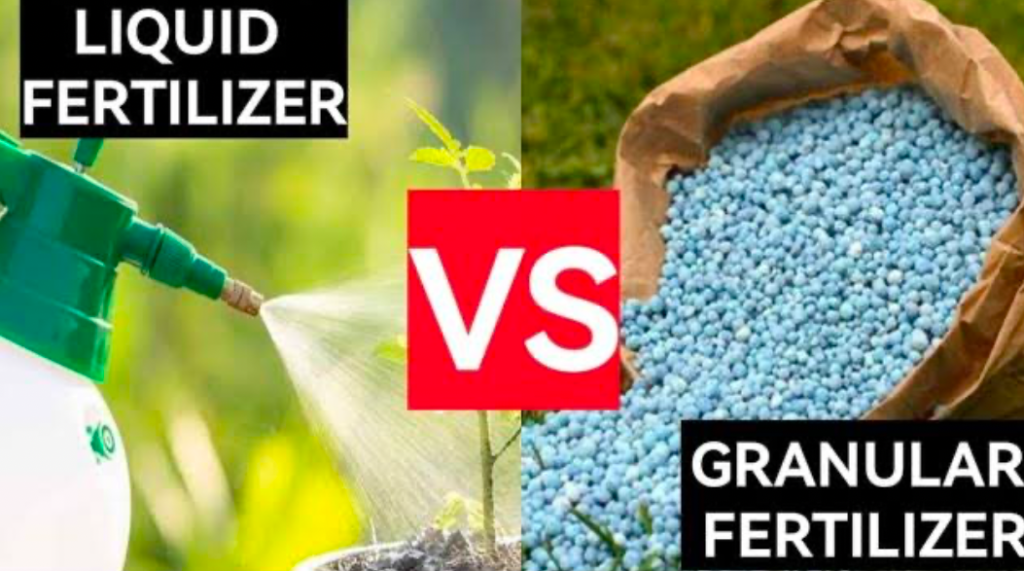
Once you’ve figured out the correct ratio for your lawn, the next step is choosing a fertilizer type.
The main difference between fertilizer types is in their form. You can either have a granular or liquid fertilizer, and both have pros and cons, so weigh the options before making a choice.
Granular Fertilizer
When thinking of granular fertilizer benefits, its slow-release capacity stands out. You sprinkle the grains on the soil and let them break down gradually to release measured nutrients.
Choose this type to feed your lawn long-term and strengthen it over time.
Liquid Fertilizer
On the flip side, liquid fertilizers release nutrients quicker. Although liquid fertilizer uses may become harmful in the long term, you can still benefit from them.
A short-term liquid fertilizer works wonders when your lawn needs a quick green-up or rapid boost. Be careful, though, because this type burns the grass and dries out its nutrients in the long term.
Organic vs. Synthetic Fertilizers: Which Is Right for Your Lawn?
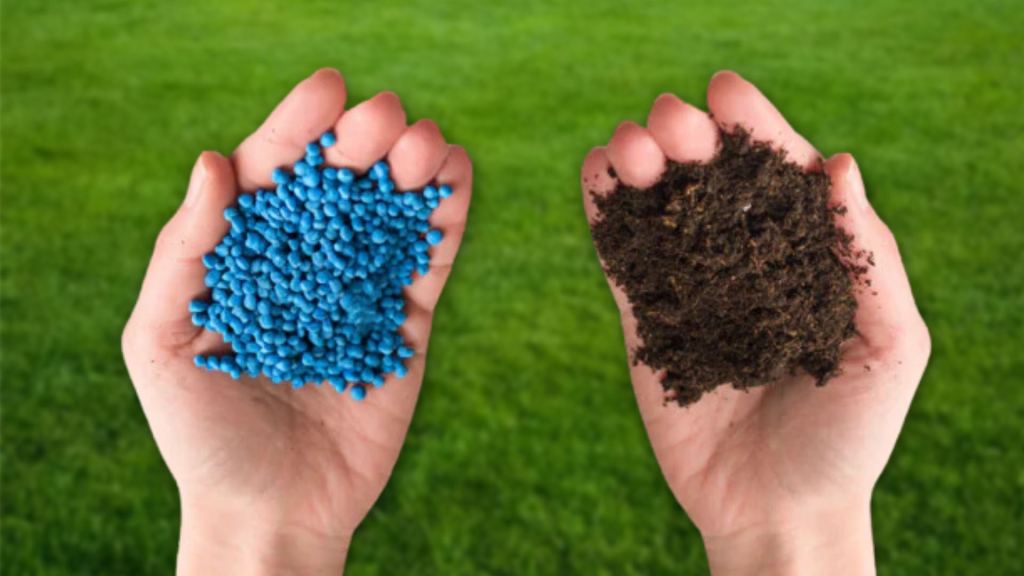
Yet another choice you’ll have to make is whether to prioritize eco-friendly lawn care or not. Before deciding, consider the synthetic and organic fertilizers’ environmental impact, nutrient delivery, and suitability.
Organic Fertilizers
Using fertilizers made from natural materials like compost and animal manure means your lawn releases nutrients slowly.
Not only that, they also feed the beneficial microorganisms in your soil, like the natural ecosystem.
Synthetic Fertilizers
On the other side, synthetic fertilizer advantages come with disadvantages, too. It’ll provide immediate benefits to your lawn, but its concentrated chemicals become harmful when used in large doses.
You can get and apply them easily, but it’s a trade-off for your soil’s health.
When you weigh organic fertilizer pros and cons against synthetic ones, you’ll see that natural products are the better long-term choice. However, the ultimate solution is a healthy, balanced mix of both fertilizer types to revitalize your lawn.
Fertilizer Application Rates Made Simple

Lawn fertilizer rates and timing are pivotal to the effectiveness of your product. Each fertilizer type works differently in different seasons.
Use these practical fertilizer application tips to get the best results.
Timing
Springtime is often the best fertilization period because grasses wake up, especially after being dormant during Winter.
But you also have to determine your grass type. Before we get into details, let’s see how much fertilizer you’d need for your grass to grow.
Author’s Note: Checkout our post on The Best Time To Fertilize Grass for an in-depth guide on timing fertilizer application.
Application Rates
Your lawn fertilizer application rate depends on the deficiency you want to heal. Initially, it seems like a puzzle, but you’ll get the hang of it with practice.
- Measure your lawn by square feet (sq. ft.).
- Section each sq. ft. by 1000 each.
- Divide the total size by 1000.
- Multiply the recommended rate figure on the packaging by the divided figure
So, if you have a 3,000 sq. ft. lawn, multiply the recommended application figure by 3.
Most products come with instructions on the packaging, but if you’re using homemade organic fertilizer, use clever grass fertilizing techniques.
The best method is broadcasting the fertilizer for even distribution across the lawn, either with a spreader or by walking around.
Timing Your Fertilizer Application for Maximum Benefit
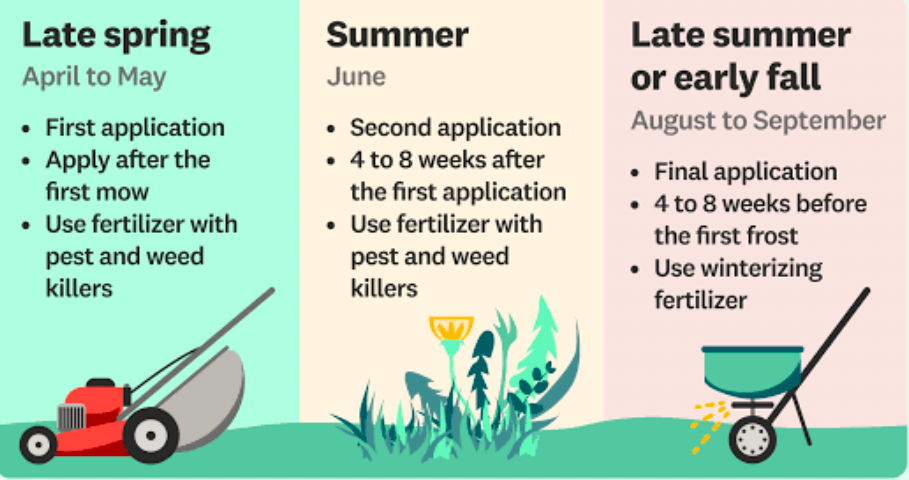
Generally, Spring is the best time to fertilize lawns, but specific grasses require other seasons to bloom. For example, if you have a cool-season lawn like Kentucky Bluegrass, the best fertilization period is early Spring until Fall. At the same time, warm-season variants like Zoysia thrive in late Spring until early Fall.
A seasonal fertilizer schedule maximizes your efforts because you’ll know the right window for application and avoid mishaps like heavy rainfall immediately after fertilization.
You can only achieve optimal fertilizing timing when you know your grass type and understand your local climate.
Reading Fertilizer Packaging: Symbols and Terminology
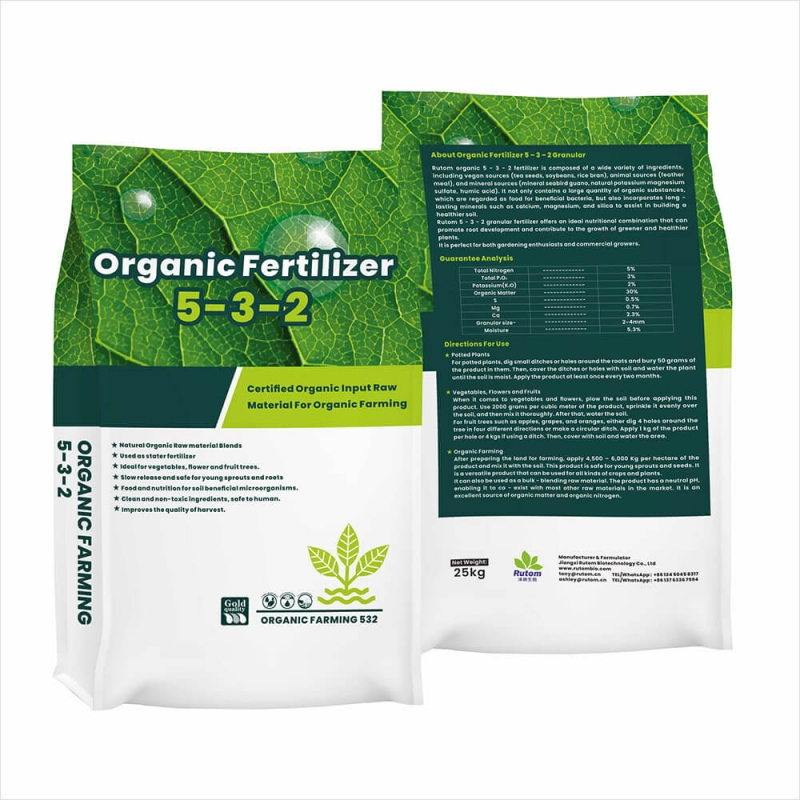
Another key part of interpreting fertilizer labels is breaking down common symbols, terms, and certifications to ensure you pick the right type for your lawn.
Check out these fertilizer certification meanings:
- Eco-friendly: Sustainable and environmentally safe.
- Water-soluble: Dissolvable in water for liquid application.
Now, see what these fertilizer packaging terms mean:
- Complete: Contains all macronutrients.
- Balanced: Equal content of all macronutrients, like a 10-10-10 fertilizer.
- Starter: Best for new lawns.
- Maintainer: Best for thriving lawns
- All-Purpose: For all levels of lawn development.
- Slow release: Breaks down nutrients gradually.
- Quick release: Works fast and is most likely chemically formed.
Knowing these labels is good, but it can be fluff. Understanding the key ingredients of each fertilizer is actual knowledge.
Common Misconceptions About Lawn Fertilizers
Beginners make lawn fertilizing mistakes based on common myths and misconceptions, but you won’t be part of them.
After seeing common widespread fertilizer myths debunked, you’ll confidently choose a product regardless of the labels, suggested nutrient strengths, type, and application amounts.
| Fertilizer Misconceptions | Truth or Myth |
| Higher numbers on the package means the product is better | False. Choose a ratio based on your lawn’s needs. Scroll up for details. |
| Synthetic Products work better | False. They work faster but aren’t better in the long run. You’ll risk nutrient run-off and leaching when you use this type of fertilizer often. |
Selecting the Perfect Fertilizer for Your Lawn
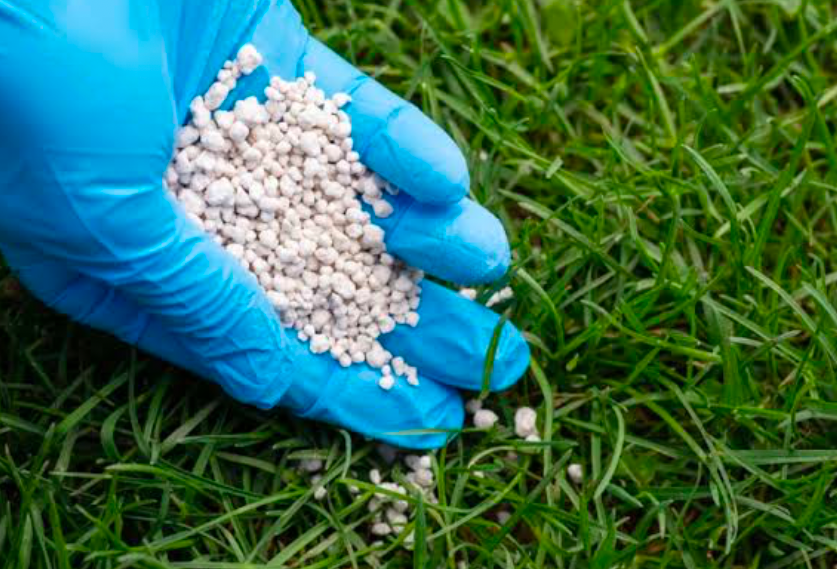
Would you still hesitate when choosing lawn fertilizer products on your next store visit? You shouldn’t, but if you’re still a little skeptical, here are some more fertilizer selection tips to help:
- Always conduct soil testing first for pH imbalance and existing nutrients
- Assess your climate condition
- Note your specific growth objectives
Author’s Note: Check out the more accurate Mail-in Lab MySoil Soil Test Kit or the Convenient At-Home Rapitest Soil Test Kit for diagnosing nutrient deficiency and preparing your soil!
These steps aren’t a waste of time, as some people may have you thinking. Instead, they help you curate a personalized lawn care regimen that’ll have your grass looking lush and vibrant.
Conclusion: Take Charge of Your Lawn’s Health with Confidence
Building your lawn health expertise isn’t a day’s work, but you’ll get the results when you put in the effort.
At first, understanding fertilizer labels may seem stressful and complex, but you’ll get the hang of it over time. Fertilization is an easy lawn maintenance strategy, and you shouldn’t miss out on it because you don’t understand N-P-K ratios, labeling, stamps, and fertilizer types.
After all, your fertilizer knowledge benefits you in the long run. You’d get a healthier lawn and save money on consistent repairs.

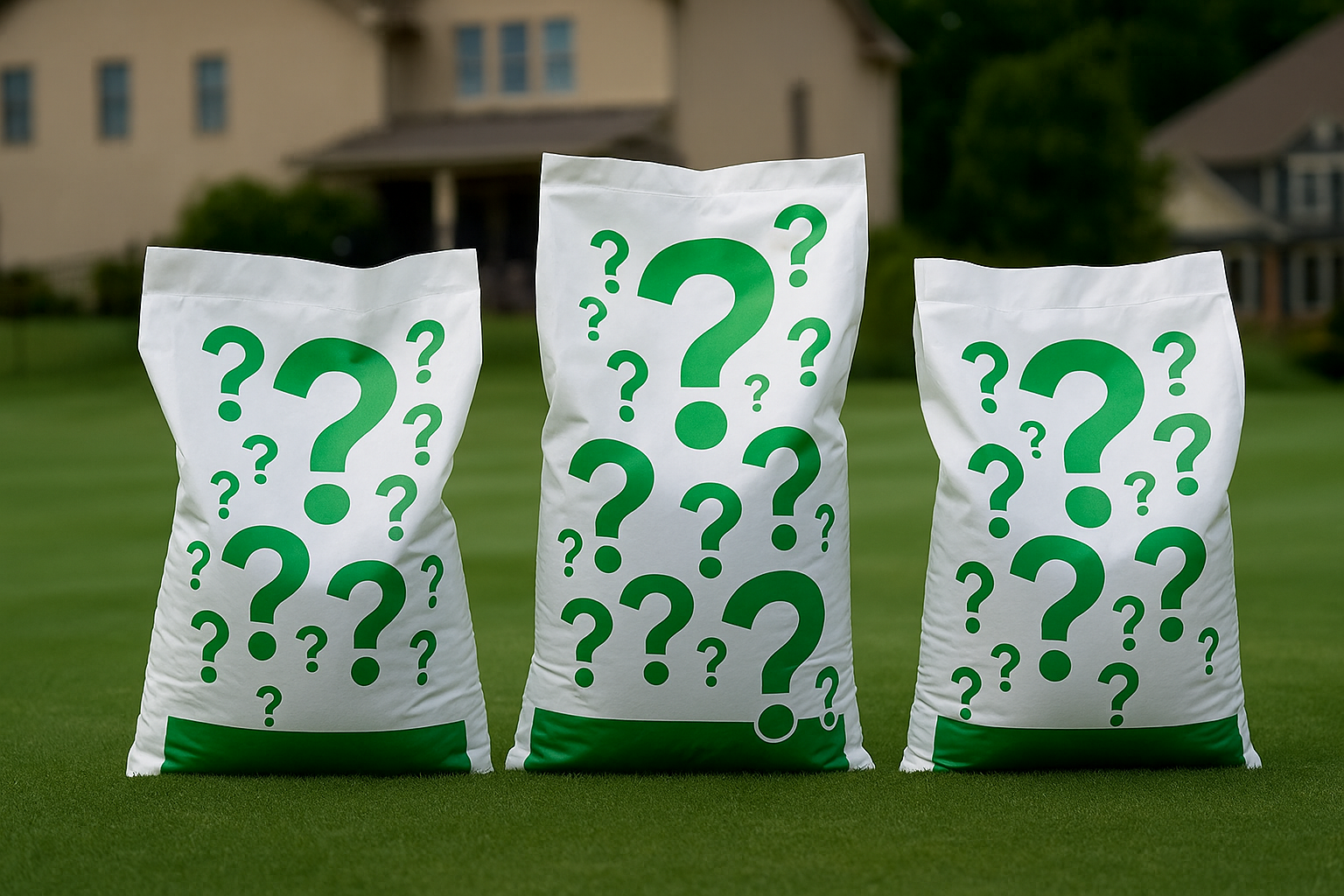

1 thought on “Understanding Fertilizer Labels For Lawns Made Easy: A Simple Guide for Healthy Grass”